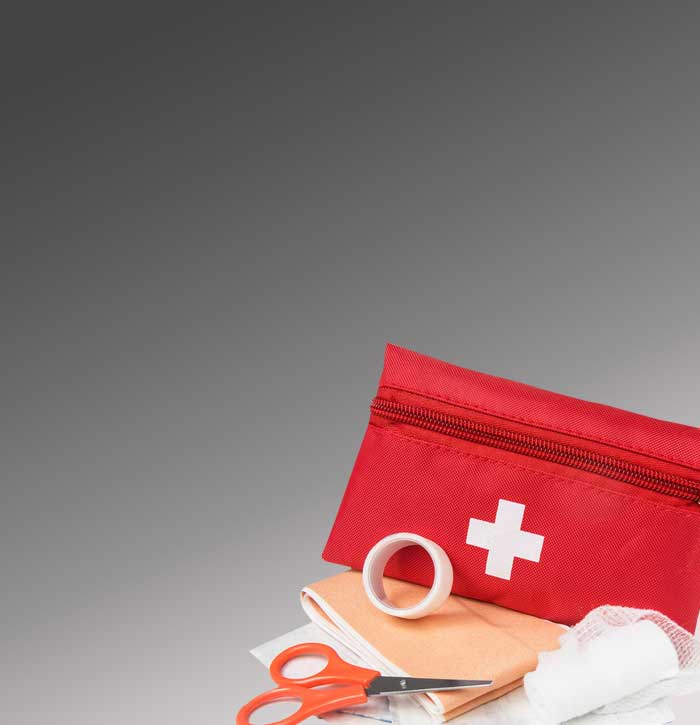Superficial wounds — grazes, shallow cuts etc — can usually be initially treated at home. If you can’t stem the bleeding, can see bone or soft tissue, or suspect a broken bone or internal injuries, you should call the hospital…
Read more →Archive for the First Aid Category
Open wounds, serious burns, broken bones and trauma are the most obvious symptoms that require visits to the animal hospital . If your cat has been hit by a car or in a fight with another animal, or been involved in any other kind of accident or trauma, unless the wounds are clearly minor you should seek emergency veterinary treatment as quickly as possible.
Read more →Cats can suffer a variety of wounds, the result of accidents, fights with other cats or from dog attacks. If your feline furrball is involved in an incident that leaves her with visible wounds — cuts, puncture wounds, lacerations, torn ears or tail damage — you will need to judge the severity of the wounds and decide if they are serious enough to need treatment by a vet or if they can be initially treated at home.
Read more →Deciding what constitutes an emergency and when the vet needs to be called in can be a difficult decision for the horse owner. Despite their size and power horses can be fairly delicate. They can often pull up lame, suffer cuts and bruises and experience mild fever and reduced appetite. In a large percentage of cases these are not true emergencies, but they are always an anxious time for the horse owner.
Read more →Horses are prone to injury. Whether it’s a knock going over a jump, a nasty cut from tangling with barbed wire fences or some sharp machinery in the paddock, or a kick from another horse, open wounds and bruising are something most horse owners will face at one time or another.
Read more →From heatstroke to seizures, here are some things you can do to assist a pet in crisis and to help it during transport to the hospital…
Read more →Poisoning cases need immediate veterinary treatment. If this is not possible there are some basic first aid treatments, but you should only attempt them if you know what was ingested, and/or when your pet came in contact with it…
Read more →



